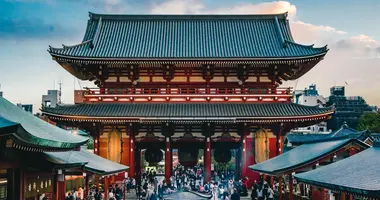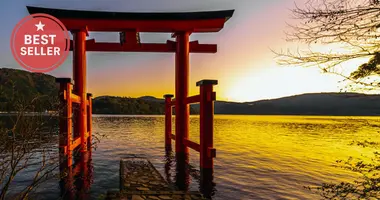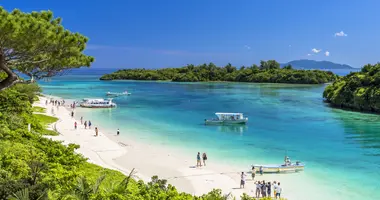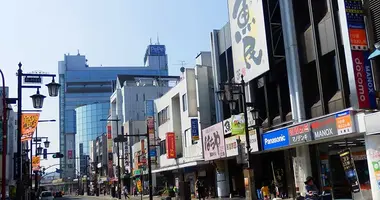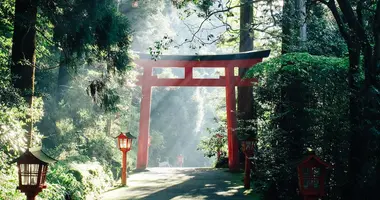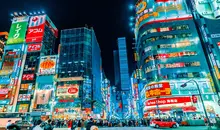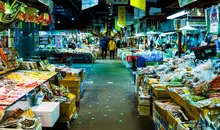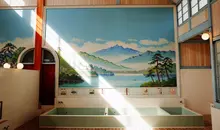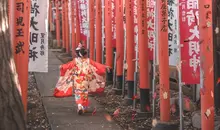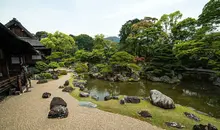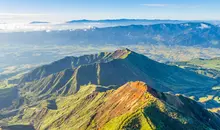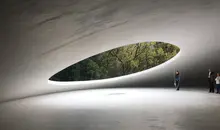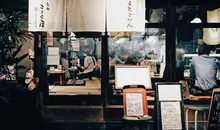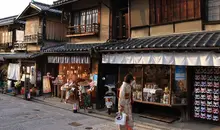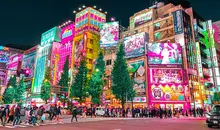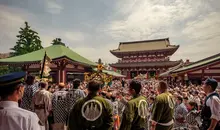Tokorozawa guide: exploring the birthplace of Japanese aviation
- Published on : 15/06/2024
- by : Japan Experience
- Youtube
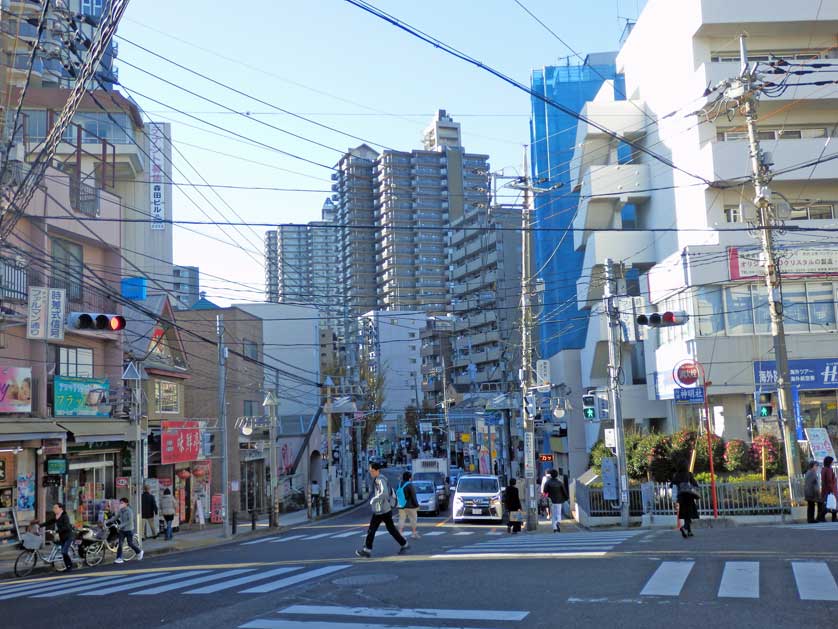
Downtown Tokorozawa
Nestled in the suburban sprawl northwest of Tokyo, Tokorozawa is a bustling commuter town in Saitama Prefecture. While it may seem like just another bedroom community for Tokyo workers at first glance, Tokorozawa boasts a rich history as the birthplace of Japanese aviation. The city offers an intriguing blend of aviation heritage, lively shopping and entertainment districts, cultural and historical sites, and scenic natural surroundings, making it an appealing destination for visitors. With convenient transportation links putting it within easy reach of central Tokyo, Tokorozawa is an ideal base for families looking to balance big city access with more affordable suburban living, ample green spaces and a strong community feel.
Tokorozawa's aviation heritage: from first airfield to modern museums
Tokorozawa's status as the birthplace of powered flight in Japan can be traced back to 1911, when the country's first airfield and flying school were established here. The wide open spaces of the then rural area, along with its favorable topography and climate, made it a perfect location to nurture Japan's fledgling aviation industry. French aviators provided the initial pilot training, and from these humble beginnings Tokorozawa quickly developed into a hub for aircraft testing, design and production.
After World War II, the U.S. military took over Tokorozawa airfield, later returning most of the land to Japanese control in the 1970s and 80s. The expansive site of the former airfield was transformed into Kōkūkōen (Aviation Park), which retains traces of its aeronautic roots including a runway-inspired layout and various monuments to aviation pioneers. Even today, all flights in eastern Japan are coordinated from an air traffic control center located in Tokorozawa, a testament to the city's enduring link to the skies.
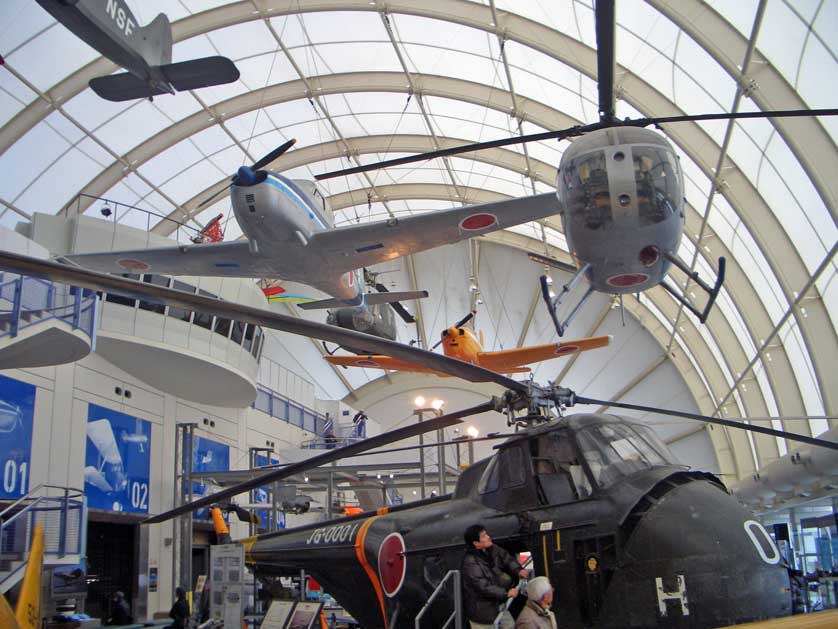
Airplanes on display at the Tokorozawa Aviation Museum
Kokukoen and the Tokorozawa Aviation Museum: immersing yourself in flight history
The star attraction of Aviation Park is undoubtedly the Tokorozawa Aviation Museum. This excellent facility chronicles the history of Japanese aviation with an impressive collection of vintage aircraft and engaging interactive exhibits. Visitors can get up close to a range of planes and helicopters spanning from the early days of flight to more modern times, even climbing inside some of them. The museum is a big hit with children and aviation buffs alike.
Aviation Park really comes alive in cherry-blossom season when its hundreds of cherry trees burst into bloom. Scores of locals and Tokyoites flock here for hanami picnics beneath the pink petals, soaking up the festive atmosphere. The park's ample green lawns and tree-lined paths make it a popular spot year-round for strolling, cycling and playing sports. With the aviation museum as its centerpiece and historical remnants of the airfield days still visible, Kōkūkōen is a unique public space that honors Tokorozawa's high-flying heritage.
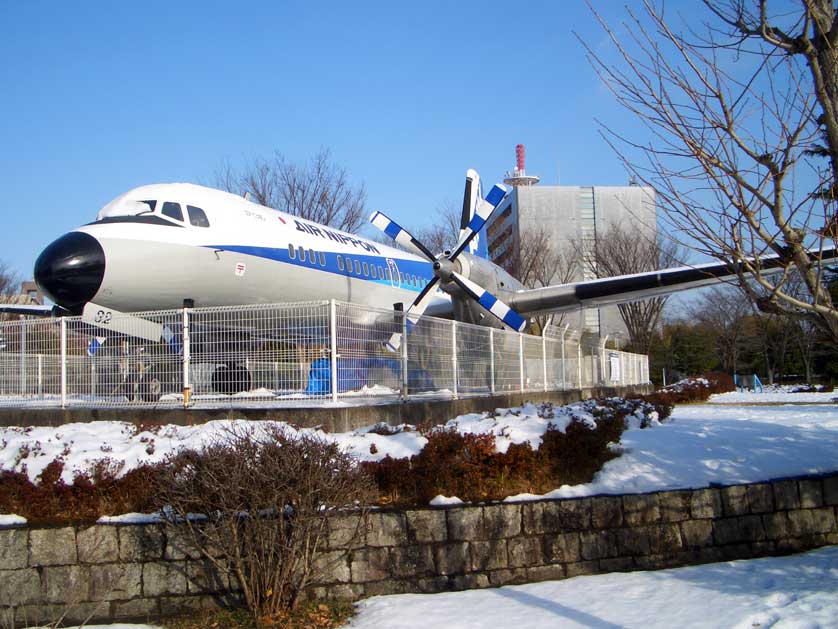
Vintage airplane parked in front of Kokukoen Station
Prope Street and Sakazuki Yokocho: shopping, dining, and entertainment in Tokorozawa
Tokorozawa's lively central shopping and entertainment district is concentrated around the west side of Tokorozawa Station. The main artery is Prope Street, a busy pedestrian shopping arcade stretching from the station's west exit. The name "Prope" comes from "propeller", another nod to the area's aviation history. The street is lined with shops, restaurants, karaoke boxes and game centers, and is always bustling with shoppers and students. While mostly larger chain outlets, Prope Street has a vibrant energy and is great for people-watching.
For a more nostalgic slice of Showa times, hit up Sakazuki Yokocho. This compact grid of alleyways just off Prope Street is packed with around 20 cozy and quirky little bars and eateries. Each place has its own distinctive character reflecting the owner's tastes and personality. Wander the narrow lanes, grab a drink or a bite, and soak up the retro atmosphere that feels a world away from modern chain stores and shopping malls.
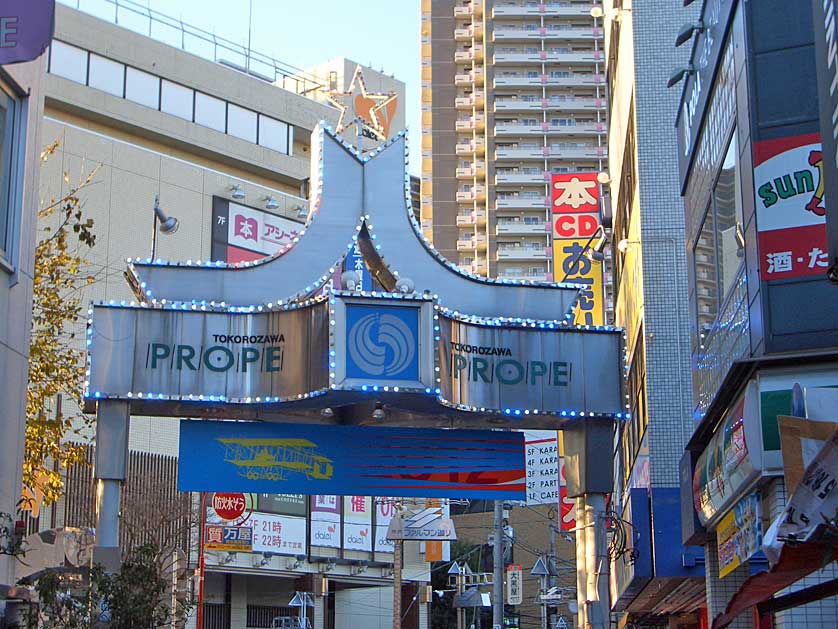
Prope Street, Tokorozawa, Saitama Prefecture
Historical gems: Fukai Soy Sauce Factory and Shinmeisha Shrine
Tucked in the backstreets beyond the bright lights of the shopping district, reminders of Tokorozawa's pre-war past endure. One such spot is the Fukai Soy Sauce Factory, which dates all the way back to 1856. Housed in quaint old buildings, Fukai still produces top-notch soy sauce the traditional way after more than 150 years in business. Pop into their on-site shop to pick up some of their famed soy sauce and soy-soaked tsukemono pickles.
Not far from the soy sauce factory you'll find Shinmeisha, Tokorozawa's most important Shinto shrine with a history stretching back over 1000 years. It's an important center of community life, hosting many matsuri festivals and events throughout the year. The shrine grounds are most lively during New Year's celebrations and for the unique Doll Memorial Ceremony in June, when dolls are ritually burned to console their spirits. Decorated with countless dolls, the shrine makes for an interesting visit any time of year.
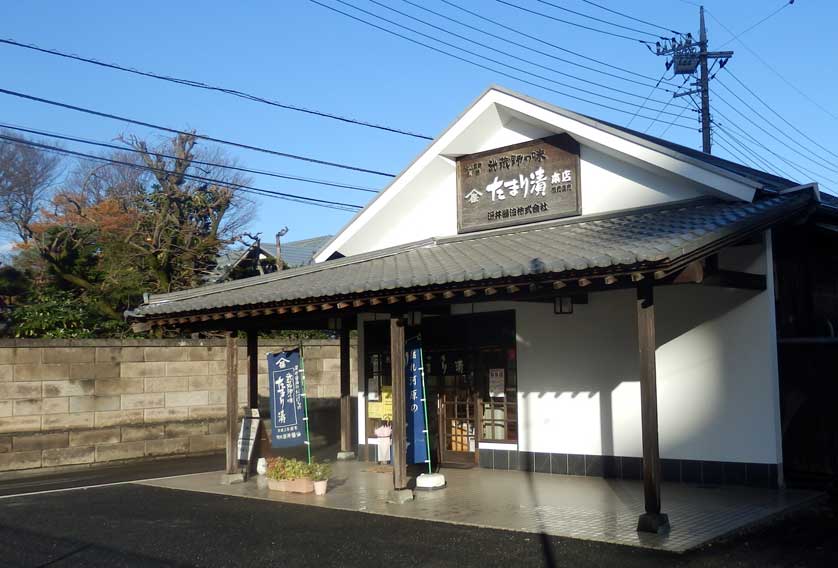
Fukai Soy Sauce Factory, Tokorozawa, Saitama Prefecture
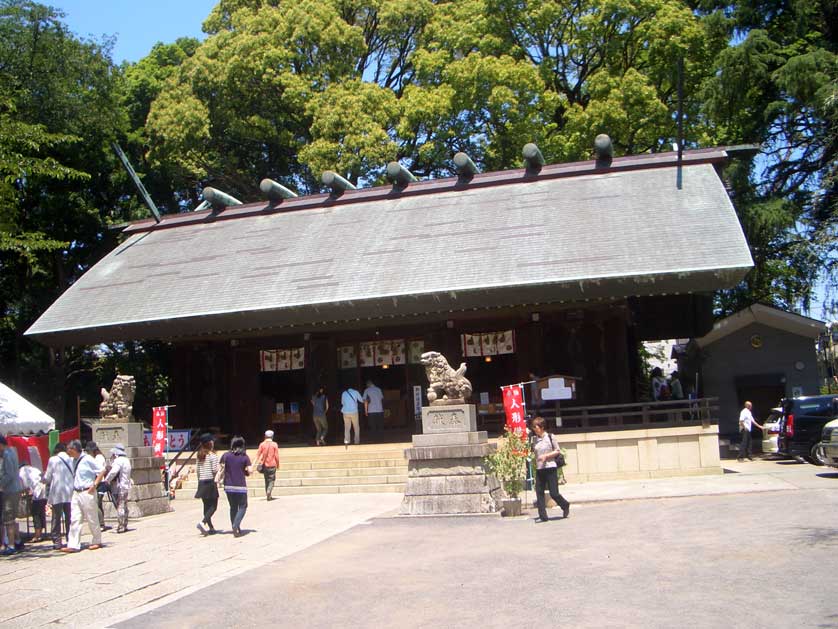
Shinmeisha Shrine, Tokorozawa, Saitama Prefecture
Tokorozawa festivals: experiencing local traditions and Brazilian flair
Like most Japanese cities, Tokorozawa marks the changing seasons with various traditional festivals. However, the highlight of the local festival calendar is the Tokorozawa Matsuri in early to mid-October. This boisterous event combines customary elements like portable shrines and festival floats with an unexpected twist: a flashy samba parade!
The Tokorozawa Liberdade Samba Club's parade is a fantastical spectacle of flamboyant costumes and Latin rhythms that might seem totally out of place - until you realize that Tokorozawa is home to a sizable Brazilian community. The samba parade's exotic exuberance contrasts delightfully with the more staid traditional processions held on the same day. This lively fusion of Japanese and Brazilian culture captures Tokorozawa's open and internationally-minded spirit.
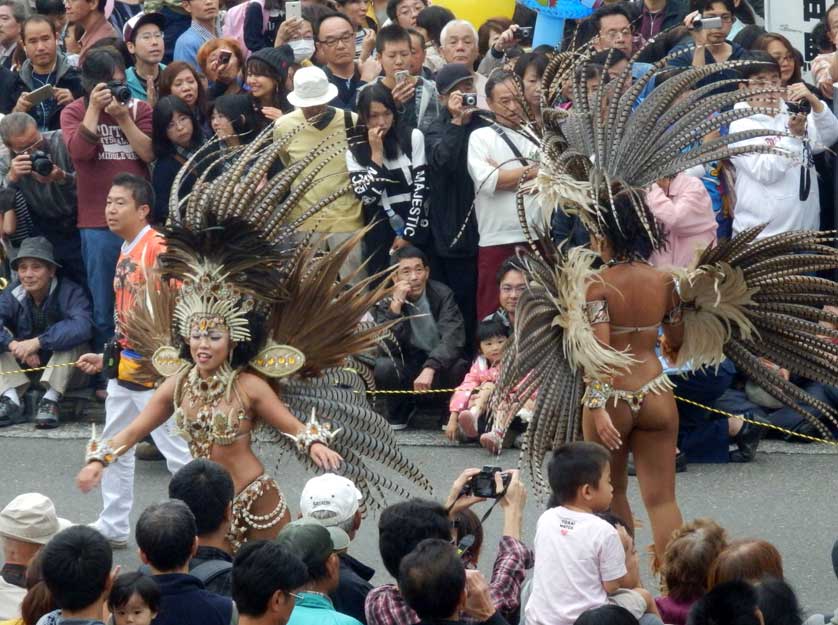
Samba dancers at Tokorozawa Matsuri, Tokorozawa, Saitama Prefecture
Sayama tea: tasting Japan's northernmost tea straight from the source
Tokorozawa is part of the Sayama tea region, the northernmost tea-growing district in Japan. Tea cultivation is concentrated in the city's semi-rural northern reaches, where small-scale family-run farms produce premium tea renowned for its flavor. Many farms welcome visitors and sell their freshly picked and processed tea on site.
The new tea harvest peaks in late April/early May, making this the ideal time to sample the region's signature product at its finest. Visit a local farm or one of the many tea shops around town to experience the aroma and taste of freshly picked Sayama tea. The Tokorozawa Tea Festival, held around harvest time, is a great chance to see how tea goes from raw leaf to cup and taste unique tea treats like tempura-fried tea leaves!
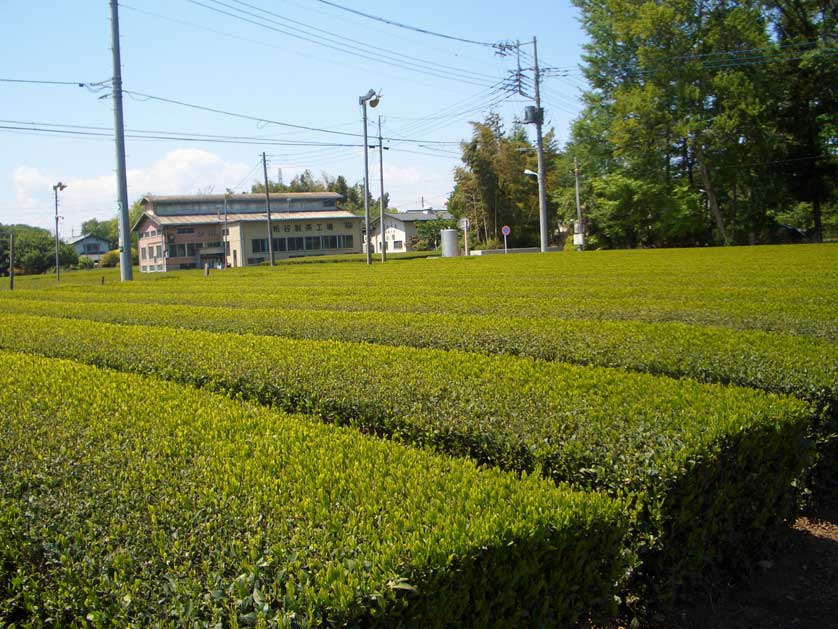
Tea field at Kita Iwaoka
Sports and nature: Seibu Lions baseball and the scenic Sayamako and Tamako reservoirs
For sports fans, Tokorozawa is home to the Seibu Lions professional baseball team. The Lions are one of the oldest and most popular teams in Japan's Pacific League. Catching a game at the 35,000-seat Belluna Dome is a great way to experience the fervent passion of Japanese baseball fans firsthand. The stadium is easily accessible from Seibukyujo-mae Station.
The Sayamako and Tamako reservoirs, a short walk from Seibukyujo-mae and Seibu-Yuenchi stations, are a surprising slice of natural beauty on Tokyo's urban fringe. Ringed by verdant wooded hills, the lakes supply drinking water to the Tokyo metro region. Attractive walking trails loop the perimeter of the lakes, which are fantastic birdwatching spots. Panoramic viewpoints look out over the tranquil waters to the mountains beyond - on clear days you can even spot Mt. Fuji on the horizon.
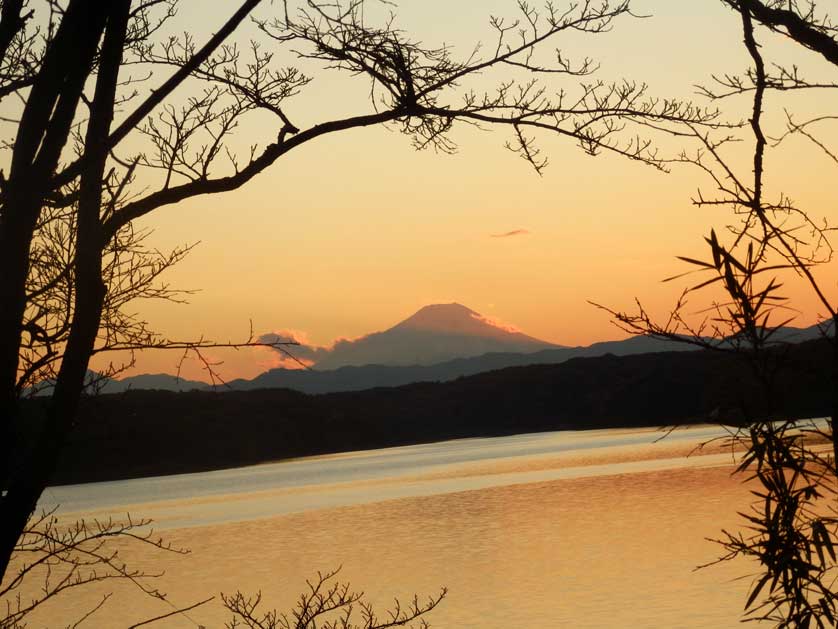
Mt Fuji seen far beyond Sayamako reservoir, Saitama Prefecture
Getting to Tokorozawa: access from Tokyo by train
Two Seibu Railways lines link Tokorozawa directly with central Tokyo, making it very convenient to reach. The Seibu Shinjuku line runs from Seibu Shinjuku Station (a short walk from the main Shinjuku Station) to Hon-Kawagoe, stopping at Tokorozawa Station along the way. You can also connect to this line from the JR Yamanote Line at Takadanobaba Station.
The Seibu Ikebukuro line runs from Ikebukuro Station to Hanno and Chichibu and beyond, also via Tokorozawa. From Tokorozawa it only takes around 30 minutes to reach Ikebukuro. An express train will whisk you to Kawagoe, famous for its Edo Period merchant district, in under 10 minutes.
Both lines are easily accessible with a Pasmo IC card. The Seibu railways connect Tokorozawa not only to the Kanto region's main airport hubs of Narita and Haneda, but also to a diversity of cultural and natural attractions in Saitama Prefecture and beyond. With excellent access to Tokyo and a wealth of local appeal, Tokorozawa is well worth adding to your Japan travel itinerary.
